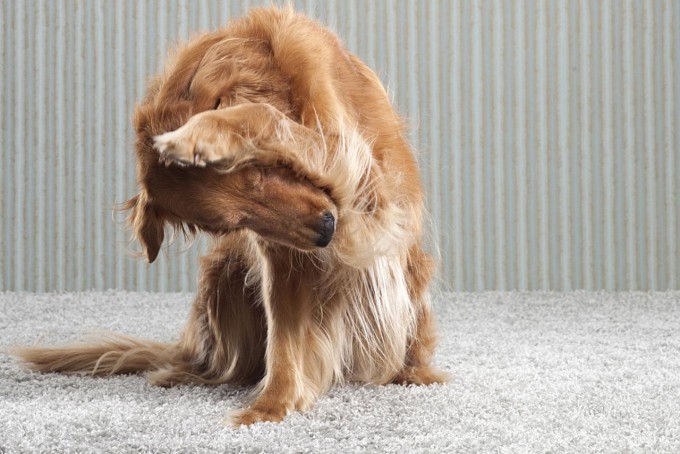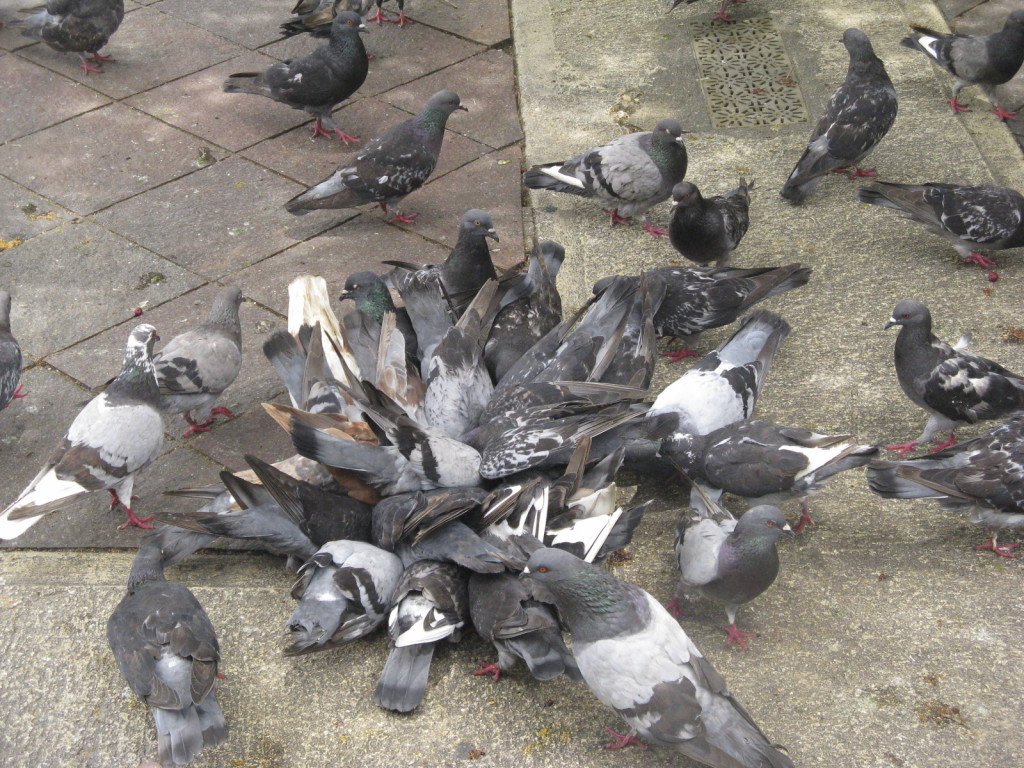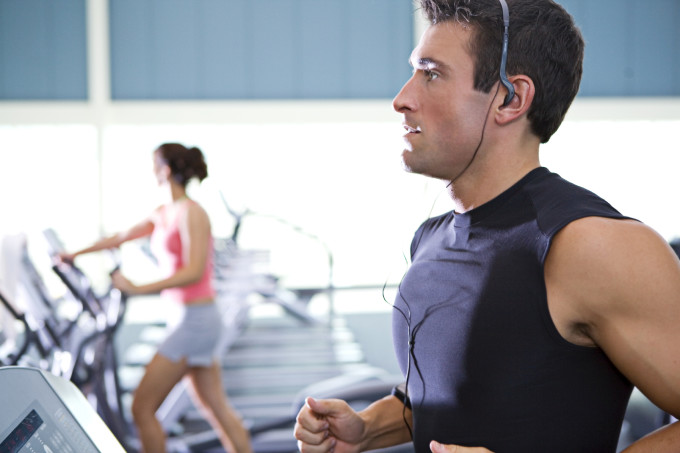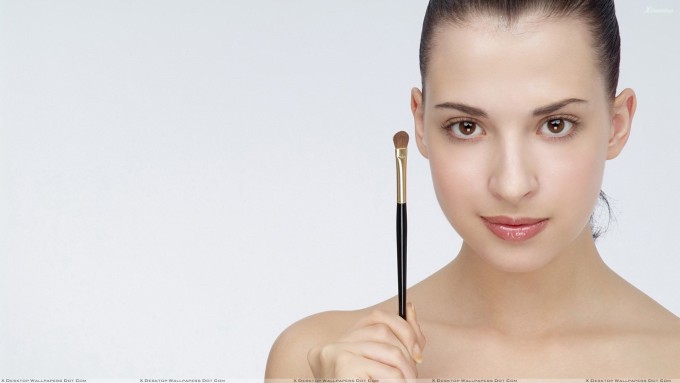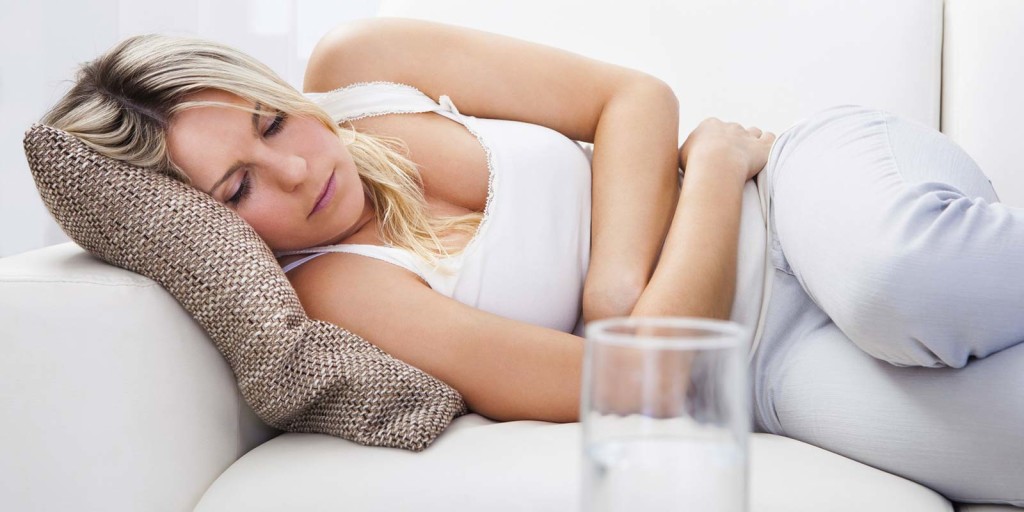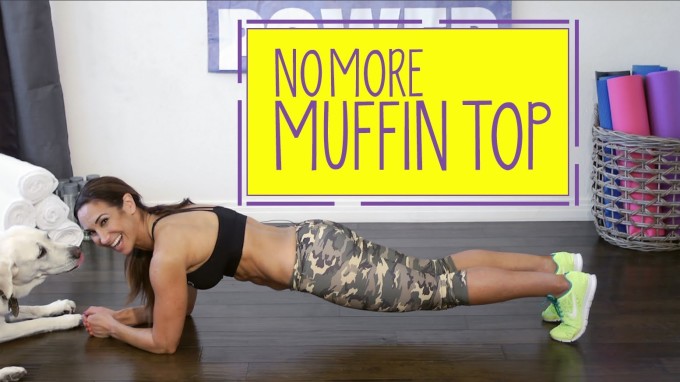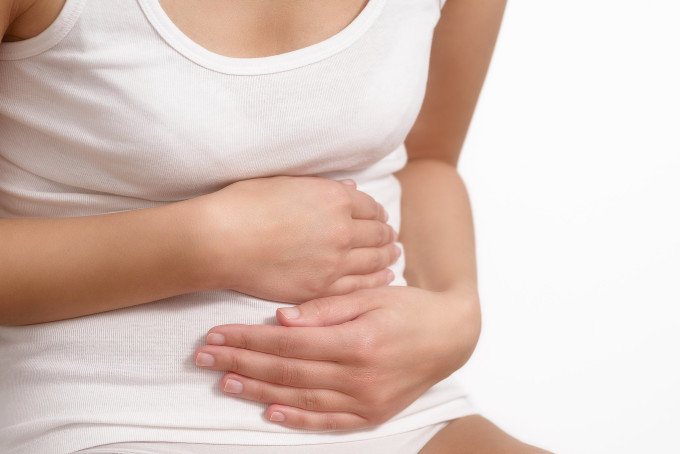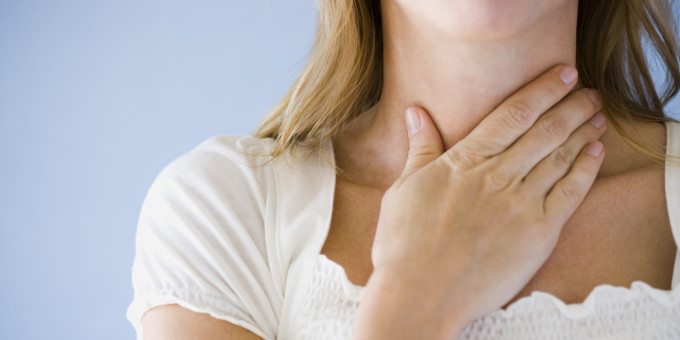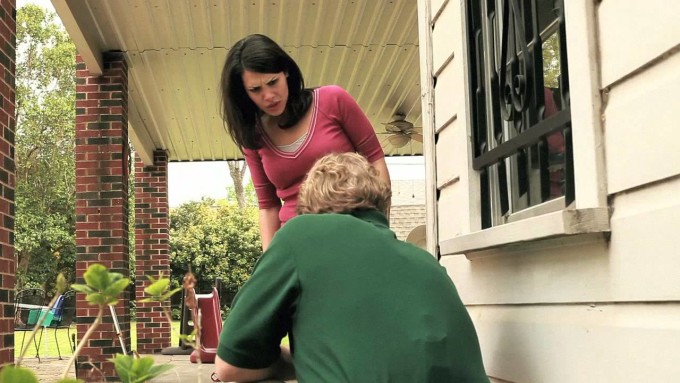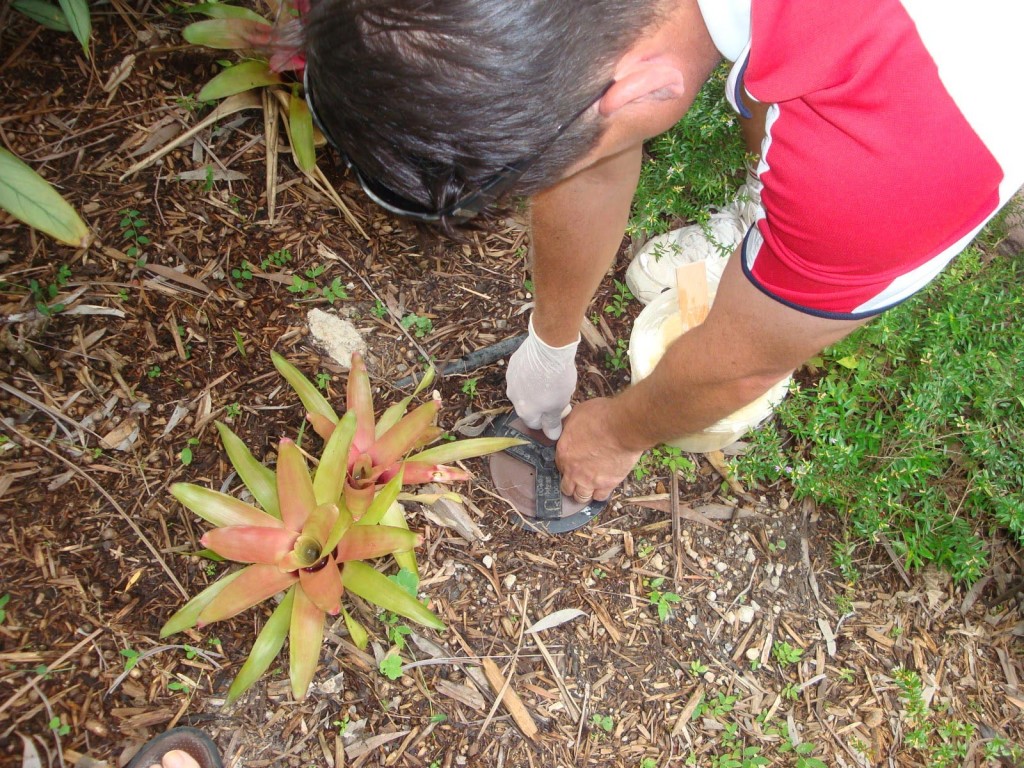The flu is an extremely common and widespread medical condition that is commonly initiated due to a change in the weather as the temperature starts to drop before the winter starts.
How to get rid of fleas
Fleas are parasitic insects that live off sucking the blood of animals and rarely humans. Fleas reproduce rapidly, creating large colonies which work together on identifying sources of food and together tackle these identified sources. Fleas lay a large number of eggs rapidly making it imperative that their growth and spread be contained as early as possible. The presence of fleas may be observed and identified by a careful observation of the behaviour of the animals and pets in the house. Fleas are extremely resilient and resistant to common defence mechanisms such as delousing and other methods. The following are a couple of helpful suggestions that can help you deal successfully with the menace and threat caused by fleas in your homes and property. Be sure to pass on any tips that you find effective to your friends, family and close relatives who may be facing difficulties along similar lines on account of fleas and such.
- Clean all pet bedding
The first step in all activities focussing on cleaning a house or property of fleas is to clean all pet bedding or any cloth item that may be commonly for lying or sleeping used by the pets commonly. These items of bedding are commonly breeding grounds for fleas and are frequently the sites of large flea based colonies and such. Cleaning all bedding in the washing machine and later using the dryer to dry them for about 15-20 minutes can help to kill adult fleas along with larvae and eggs.
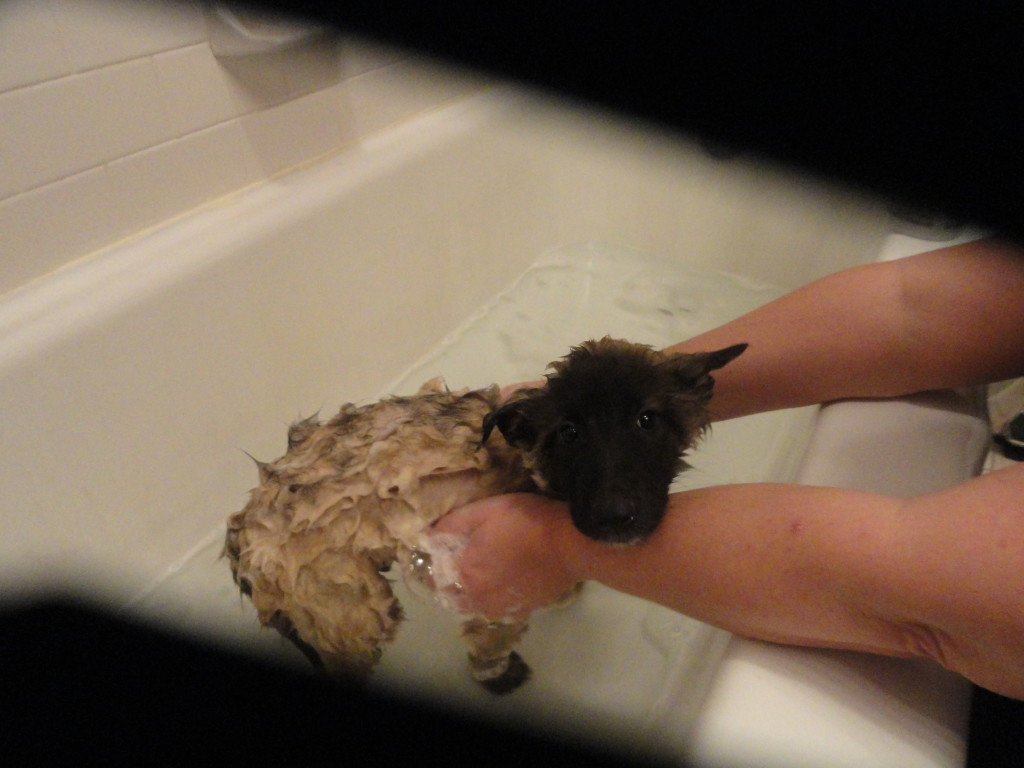
- Vacuum the whole house down
Fleas usually locate their colonies and lay their eggs in regions of the house that are usually damp or not exposed to sunlight. Before cleaning the carpets, salt, borax or baking soda must be sprinkled under the carpets. These salts have the property to absorb moisture from the surrounding air. The absorption dry out of moisture will cause the flea eggs to dry out, thereby killing the larvae and eggs hidden deep inside the carpet. After the vacuum is completed, the debris must be collected and disposed in an air-sealed bag, so that the fleas and other insects that are still alive may not crawl back into the house to lay eggs and to start new colonies.
- Install dehumidifiers
Fleas usually lay eggs and start their colonies in region that are damp, humid and away from sunlight. Install dehumidifiers that absorbs and removes all the water in a room helps to kill adult fleas and larvae, and to stop the flea eggs from hatching, as fleas require moisture to grow and to hatch their eggs.
- Clean pets regularly
Fleas often enter the house and reach pets through other pets who may go out to play in the open which brings them into contact with fleas and other parasitic insects. Cleaning your pets regularly, and give them thorough wash-downs can help in ensuring that your pets remain clean and free of fleas.
How to get rid of pigeons
Pigeons are extremely disruptive birds species that have the potential to deface and disrupt several roofs, monuments, public property and even entire parks. Even though pigeons are a perennial favourite among bird watchers and bird feeders in any area, particularly in urban areas, they can cause great damage and discomfort to residents and users of open-spaces and other buildings frequented by pigeons. The dropping sof pigeons contain an extremely powerful acid known as uric acid. Uric acid is highly corrosive, and can hence damage the finish and the polish on buildings and vehicles. The droppings also emit an extremely pungent odour that makes breathing and olfactory functioning extremely difficult. The droppings also act as the perfect feeding and hosting location for several species of fungi and other germs which pose health threats and may cause diseases. Pigeons may also act as the vectors of several grave diseases such as Histoplasmosis, Cryptococcosis, and Psittacosis. The following are a couple of helpful suggestions that can help you deal successfully with the menace and threat caused by pigeons in buildings and public places. Be sure to pass on any tips that you find effective to your friends, family and close relatives who may be facing difficulties along similar lines on account of pigeons or their droppings and such.
1.Setting up barriers
Setting up barriers to prevent and discourage pigeons from entering areas is a common defence mechanism against the menace of pigeons. Barriers may usually take the form of anti-roosting spike strips. These strips may be attached to any place that the birds commonly perch on. Common perching points often include exposed beams and other high points in the house or the compound. Slinkies are another common and cheap measure that is used to prevent pigeons from menacing an entire region. Slinkies are usually spread out along the handrail of a balcony, making the whole railing extremely uncomfortable for the pigeons to land on.
- Using sticky chemicals
Sticky chemicals, that have glue or adhesive like compounds, can be used to make landing and perching of birds uncomfortable and difficult. These compounds are available in both aerosol and paste form, which makes their application easier and convenient. The sticky chemicals can cause the claws and feathers of birds to be stuck to the glue, making take-off and flight extremely difficult and tedious. Pigeons communicate with their peers any difficulties they face in their daily routine, and such communications ensure that the whole group of pigeons stays clear of your house. This helps to rid your house and property of the menace caused by pigeons and their droppings.
- Closing off entrances
Excluding pigeons from being able to or finally entering open spaces must be the first and foremost priority when trying ti get rid of the menace posed by pigeons and such other birds. All openings in and out of the house and property must me carefully and meticulously screened to ensure that pigeons and birds are unable to enter.
How to get rid of double chins
Double chin refers to a physical condition where a layer of fatty tissue develops under the skin and is often located on or near the chin region. Double chin is usually caused as a result of obesity or general overweight. Sagging skin is also possibly caused as a result of ageing and the inherent loss of skin’s elasticity. Double chin and the accompanying sagging of the skin may also be caused as a result of genetic predisposition, although in extremely rare cases- and even in those cases this can be prevented and controlled using a healthy diet and regular focussed exercise. Regular exercise helps to burn excess fat that might otherwise be deposited in sensitive regions of the body such as the soft skin surrounding the throat or the neck region. The following are a couple of helpful suggestions that can help you deal successfully with the any sagging of the skin caused as a result of double chin. Be sure to pass on any tips that you find effective to your friends, family and close relatives who may be suffering double chin and its aftermath of sagging and loose skin.
- Chewing sugar free gum
To control and to prevent the occurrence of a double chin, it is essential to provide regular exercise and activity to the facial and the jaw muscles of the face. Keeping these muscles and tissues well toned and exercised helps to prevent and avoid the onset of double chins. One of the best ways to provide and incorporate such exercise into your daily routine is to chew gum. Chewing such sugar free gum helps to reduce the chances of double chin and to maintain healthy teeth and gums. Chewing sugar free gum several times a day can help to reduce and to burn any double chin drastically and rapidly.
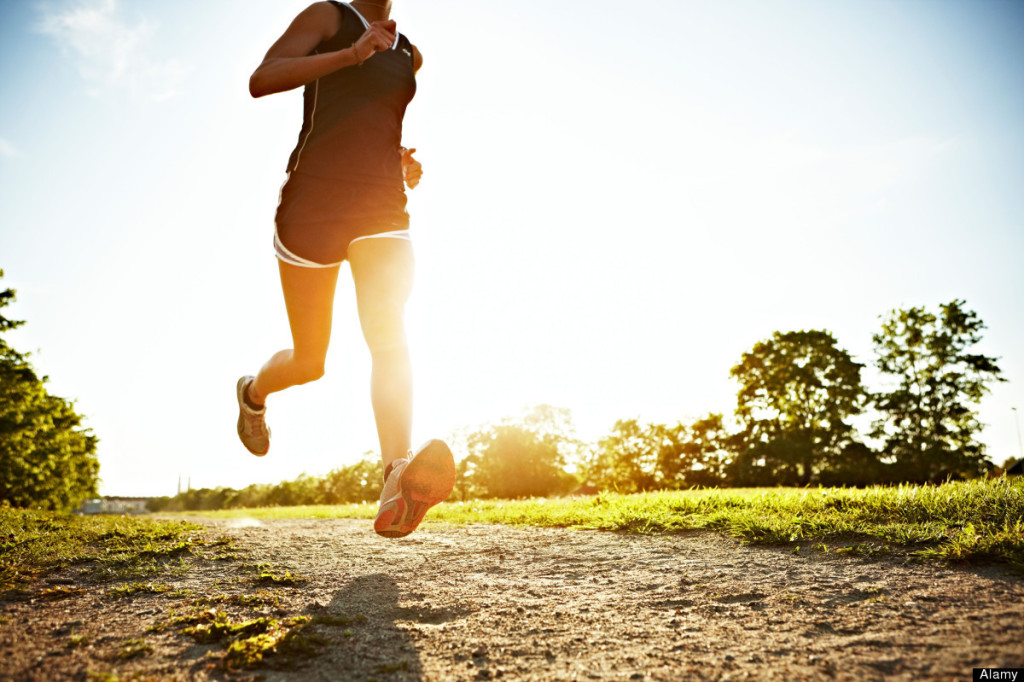
- Applying Cocoa Butter
Using cocoa butter regularly helps to improve the elasticity of skin thereby reducing the chances and the probability of an onset of double chin. Cocoa butter is applied after gently heating the butter and latter massaging it gently into the skin around the target areas. The butter is applied usually before a bath either in the morning or in the evening. Cocoa butter contains nourishing nutrients and oil that helps the skin to retain and regain its elasticity and its youthful texture.
- Performing regular chin exercises
Chin exercises can help to provide activity and rigorous exercise to the skin and tissue around the neck and chin area. These exercises also help to strengthen the chin muscles and to relieve it of extreme stress and stiffness. These exercises also help to strengthen the muscles surrounding the neck and the throat. Several of these exercises also help to strengthen the spine and the spinal column. Performing these exercising regularly helps to develop strength and endurance of the neck and the throat region. Chin are great addition to the exercises that help to develop the strength and flexibility of chin and neck muscles.
How to get rid of acne scars
Acne is a medical condition that affects the epidermal layer of the skin resulting in painful; and pus-filled pimples that leave behind uneven crater like deformities when they are burst or removed. Acnes is usually the result of oily skin or a high stress lifestyle exposed to dust, smoke and other harmful particulate matter present in everyday urban polluted air. Acne can be painful, embarrassing and may often badly hit your self esteem and may cause much physical pain. However even after the initial bout of the acne cures, it may leave behind scars and deformities that may continue to haunt you. While these scars cannot be made to disappear overnight they can certainly be mitigated and their impact and prominence diminished and reduced beyond recognition and discernment. The following are a couple of helpful suggestions that can help you deal successfully with the scars left over from an onset of acne. Be sure to pass on any tips that you find effective to your friends, family and close relatives who may be suffering from acne and its aftermath scars themselves.
- Using fresh lemon juice
Lemon juice is an extremely common and effective solution to the scars left behind from an onset of acne. Lemon juice has also the property of being easily available and not having any particularly strong odour that makes it all the more attractive. Lemon juice also contains natural skin bleaching properties that help to lighten the contrast between the scars of the acne and the surrounding skin, thus making the scars less obvious or discernible. Lemon juice may be applied directly and later washed off, or a lemon paste may be used as a mask that is left on overnight and is then washed off. When using lemon juice care must be taken to ensure that the skin is moisturised immediately after the lemon extract is washed off as the citric acid present in the lemon may cause the skin to dry up and to lose its water content which is naturally required for the nutrition and the nourishment of the skin particularly the facial skin.
- Ex-foliation using baking soda
Baking soda is commonly used as an effective exfoliating agent that helps to remove the hair growing out of the skin and to minimize the contrast and the severity of the acne scars. Baking soda can be rubbed into a paste and may be applied to the face. This paste must be left on for about two minutes after which it may be wiped off.
- Applying honey
Honey is generally considered as a strong nourishing agent for the skin and as an anti-septic and anti-bacterial cleansing agent. Applying honey on the facial skin affected by acne can help to clear up the acne pimples and the marks that acne leaves behind. Honey contains extremely potent anti-bacterial properties that soothes the skin and helps to reduce inflammation. The most effective varieties of honey are usually row honey or manuka honey.
Get rid of muffin top
Muffin top refers to the excess amount of fat and cellulite that settles around the stomach and the abdomen region in the case of mildly overweight individuals.
How to get rid of cyctic acne
Cystic acne is a medical condition that affects the epidermal layer of the skin resulting in painful; and pus-filled pimples that leave behind uneven crater like deformities when they are burst or removed. Acnes is usually the result of oily skin or a high stress lifestyle exposed to dust, smoke and other harmful particulate matter present in everyday urban polluted air. Acne can be painful, embarrassing and may often badly hit your self esteem and may cause much physical pain. However even after the initial bout of the acne cures, it may leave behind scars and deformities that may continue to haunt you. While these scars cannot be made to disappear overnight they can certainly be mitigated and their impact and prominence diminished and reduced beyond recognition and discernment. The following are a couple of helpful suggestions that can help you deal successfully with the scars left over from an onset of acne. Be sure to pass on any tips that you find effective to your friends, family and close relatives who may be suffering from acne and its aftermath scars themselves.
- Using fresh lemon juice
Lemon juice is an extremely common and effective solution to an onset of acne. Lemon juice has also the property of being easily available and not having any particularly strong odour that makes it all the more attractive. Lemon juice also contains natural skin bleaching properties that help to lighten the contrast between the scars of the acne and the surrounding skin, thus making the scars less obvious or discernible. Lemon juice may be applied directly and later washed off, or a lemon paste may be used as a mask that is left on overnight and is then washed off. When using lemon juice care must be taken to ensure that the skin is moisturised immediately after the lemon extract is washed off as the citric acid present in the lemon may cause the skin to dry up and to lose its water content which is naturally required for the nutrition and the nourishment of the skin particularly the facial skin.

- Ex-foliation using baking soda
Baking soda is commonly used as an effective exfoliating agent that helps to remove the hair growing out of the skin and to minimize the contrast and the severity of the acne. Baking soda can be rubbed into a paste and may be applied to the face. This paste must be left on for about two minutes after which it may be wiped off.
- Applying honey
Honey is generally considered as a strong nourishing agent for the skin and as an anti-septic and anti-bacterial cleansing agent. Applying honey on the facial skin affected by acne can help to clear up the acne pimples and the marks that acne leaves behind. Honey contains extremely potent anti-bacterial properties that soothes the skin and helps to reduce inflammation. The most effective varieties of honey are usually row honey or manuka honey.
How to get rid of constipation
Constipation is a physical condition where the stool becomes hard and does not exit from the anus and the rectum. Constipation often occurs due to the deficiency of fibre in daily diet.
How to get rid of a sore throat
Sore throats can be extremely painful and difficult to deal with making eating, drinking and general everyday life extremely difficult.
How to get rid of termites
Termites are extremely minute creature which reside in the subterranean level. Termites feed on wood that is usually moist or exposed to the elements. Termite infestations are particularly dangerous since they act silently and hidden away from sight. By the time termite infestations are identified, it may be too late and beyond help. Termites may be found in any and all kinds of houses since they all posses and provide the kind of food that termites feast on- cellulose based plant material. Independent of the construction material or the construction style, termites will always find a way to reach their desired food- cellulose based material. The scientific classification of termites is as a detrivore. They usually feed on dead plants, tress and dead parts of living trees. Termites feed on dead wood, which explains why they are attracted to household furniteure such as shelves, racks, decks and cupboards. Termites must be eliminated and exterminated as and when spotted, here are few helpful suggestions on ridding your house of termites/
- Using cardboard traps
Termites are attracted towards their food- cellulose. This attraction can be turned against them effectively using the cardboard trap. Cardboard contains rich concentrations of cellulose which termites are attracted to, thereby making it a simple and effective trap. To construct the trap several flat strips of cardboard are wet and stacked one on top of the other in an area infested by termites. Attracted by the cellulose content in the cardboards, the termites will make a beeline for the cardboard stack. When the cardboard has become infested with termites, it may be taken out and burned to kill the infesting termites. The process is repeated in multiple sites and multiple times to completely eliminate the termite threat. While burning the cardboard it must be ensured that they are burnt in a safe area and away from children as much as possible. The cardboard must be burned thoroughly, ideally in a silo or a metallic bin, so that no termite survives and returns back to the colony.
- Beneficial nematodes
Beneficial nematodes are small unsegmented worms that are natural parasites ti garden pests such as termites and other invasive insects. The nematodes feed on hosts such as termite larvae, and spider eggs and burrow into them usually causing death within 48 hours. These nematodes use the host’s carcass as a resting place and also as a site for spawning. Nematodes are usually available for purchase from garden supply stores or even online. Nematodes must ideally be used as soon as they are purchased. They must be stored away from direct sunlight, as direct sunlight contains UV rays which affect these nematodes adversely and dehydrate their gelatinous bodies.







